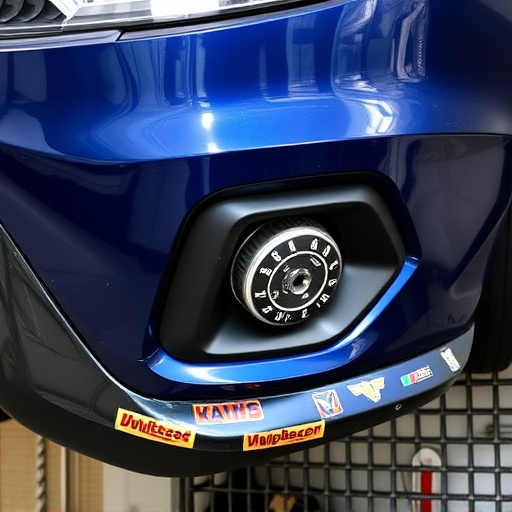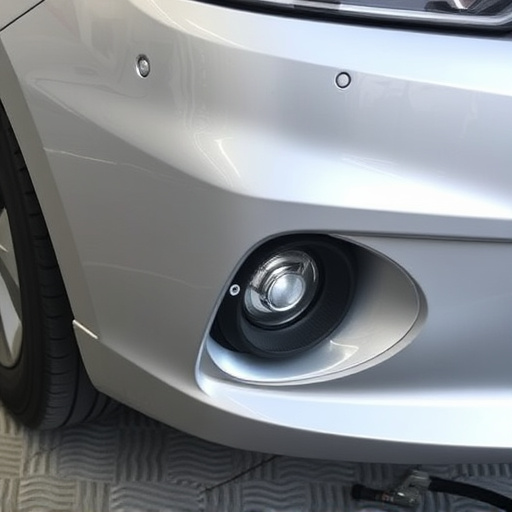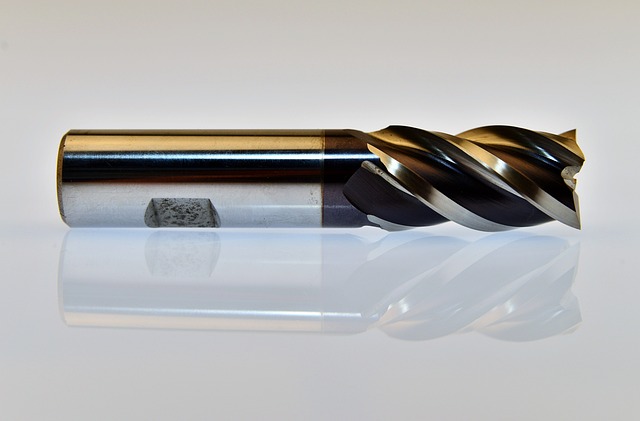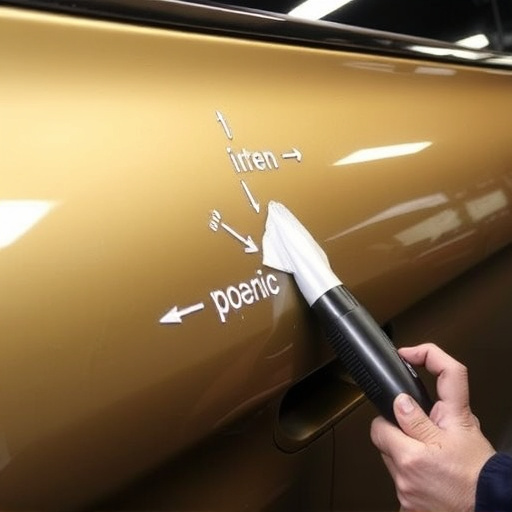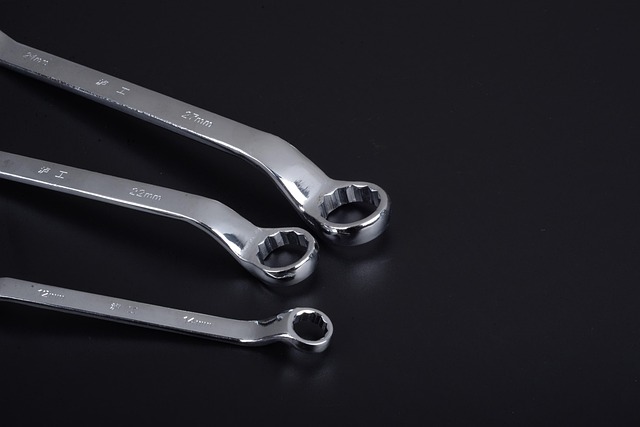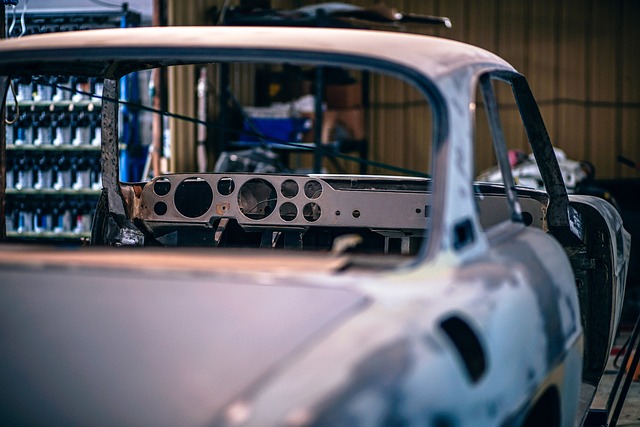Electronic diagnostics repair (EDR) is a specialized field crucial in modern vehicles, where complex computer networks manage various systems. It involves interpreting diagnostic trouble codes, identifying issues, and implementing repairs like sensor replacement or control module reprogramming. Getting started requires a unique toolkit including multimeters, oscilloscopes, and specialized tools for hands-on tasks. Accurate diagnosis and resolution of common issues, such as addressing a check engine light, enhance customer satisfaction through efficient EDR techniques.
“Unleash your inner auto mechanic with our comprehensive guide to Electronic Diagnostics Repair (EDR). This beginner’s journey delves into the essentials of EDR, equipping you with the knowledge to tackle common issues. From understanding the fundamentals to mastering specialized tools, we break down the process step-by-step. Learn to navigate through complex systems, diagnose problems efficiently, and perform repairs with confidence. Get ready to transform your car care skills—one circuit at a time.”
- Understanding Electronic Diagnostics Repair: The Basics
- Tools and Equipment Required for EDR Repair
- Step-by-Step Guide to Diagnosing and Fixing Common Issues
Understanding Electronic Diagnostics Repair: The Basics

Electronic diagnostics repair is a specialized field that involves troubleshooting and fixing electronic systems within vehicles. With modern cars becoming increasingly reliant on complex computer networks for everything from engine management to infotainment, understanding how these systems work and how to fix them when they malfunction is crucial. This process goes beyond basic auto collision center or bumper repair; it demands knowledge of sensors, control modules, and the intricate relationships between various components.
At its core, electronic diagnostics repair focuses on identifying issues with diagnostic trouble codes (DTCs) that are generated when a vehicle’s onboard computer detects problems. Technicians use specialized tools to scan these codes, diagnose the root cause, and then implement repairs accordingly. This may involve replacing faulty sensors, updating firmware, or reprogramming control modules. A solid understanding of both the hardware and software aspects of these systems is essential for effective electronic diagnostics repair, ensuring that vehicles are safely and efficiently returned to the road after any technical hiccups.
Tools and Equipment Required for EDR Repair

Getting started on your electronic diagnostics repair (EDR) journey requires a well-equipped toolkit tailored for this specialized field. While some basic tools are shared with traditional auto repairs, such as screwdrivers and wrenches, EDR demands a set of unique instruments designed to handle intricate electrical systems. These include multimeters, used for measuring voltage and resistance, and oscilloscopes, which visualize electrical signals, aiding in the diagnosis of complex issues.
For hands-on tasks, consider having a good pair of needle-nose pliers, wire strippers, and soldering iron with accessories like flux and solder. These tools facilitate the delicate work of connecting and repairing circuits, commonly encountered in tasks such as auto body repair or car paint repair processes that involve replacing faulty sensors or wires. Remember, the right equipment is pivotal to ensuring accurate and efficient electronic diagnostics repair.
Step-by-Step Guide to Diagnosing and Fixing Common Issues

Diagnosing and fixing common issues in electronic diagnostics is a crucial skill for anyone venturing into auto collision repair or vehicle body shop maintenance. The process begins with meticulous observation, where experienced technicians identify unusual sounds, smells, or visual indicators that could hint at an underlying problem. This initial step is pivotal as it narrows down the scope of potential issues and guides further investigation.
Once identified, the next phase involves a systematic approach to troubleshooting. This typically starts with checking for power supply issues, followed by examining sensor functionality, inspecting wiring connections, and verifying communication between control units. For instance, if a check engine light is on, it could be due to a faulty oxygen sensor or a loose wire, necessitating either replacement or tightening. Such a step-by-step guide ensures that auto body repair processes are accurate and efficient, minimising the need for repeated visits and maximising customer satisfaction.
Electronic Diagnostics Repair (EDR) is a fascinating field that empowers individuals to troubleshoot and fix complex automotive systems. By understanding the basics, acquiring essential tools, and mastering diagnostic techniques, beginners can embark on their journey as EDR experts. With this comprehensive guide, you now possess the knowledge to navigate through common issues, ensuring smoother vehicle operations. Remember, practice makes perfect, so dive into these steps, explore various challenges, and soon enough, you’ll be renowned for your electronic diagnostics prowess in no time!





